
In this article, Ian Redmond OBE—tropical field biologist, conservationist, and Ecoflix Head of Conservation—remembers and pays tribute to two internationally regarded conservationists and activists: Dr. Shirley McGreal, OBE, and Dr. Richard Leakey.
A few years ago, I was asked to speak at the funeral of a friend and colleague who was taken from us far too young. It was not an easy speech, but it made me think out loud about how we all construct a mental map of where the people who are important to us are in the world – family and friends, prominent people we admire and if we are lucky, some who fall into both categories. This mental matrix includes not just where they are but also when they are. We look back on memories of time spent together, things they have accomplished, and forward in anticipation of future occasions.
This four-dimensional social matrix is not, however, unique to humans – the large-brained, long-lived social animals such as other apes, elephants, and cetaceans appear to operate in a similar way. We notice it most when it changes; when someone important to us visits unexpectedly, their sudden appearance is a source of consternation and delight as we readjust our matrix to fit what is in front of us. Conversely, when someone dies, their loss leaves a gaping hole in our social matrix and we grieve.
Grief is such an important process, and yet because it is difficult, we seldom speak of it – but we should. Grieving together brings comfort as we share memories of the deceased and mourn the loss of future contacts to which we were looking forward. This is why the restrictions imposed on gatherings in response to COVID-19 are so cruel; it is inhuman to prevent the sharing of grief, and shedding tears together over Zoom is hardly a replacement for a heartfelt mutual embrace in a tactile species such as ours.
On a more positive note, though, video calls to share emotions across continents do bring some comfort, and there has been a lot of intercontinental grieving in recent weeks among conservationists. One after another, some of the best-known figures in the world of natural history and conservation have left us:
On 21st November 2021, Dr Shirley McGreal, founder and driving force behind the International Primate Protection League died at the age of 87
Over Christmas we lost Dr Thomas Lovejoy, aged 80, who coined the term ‘biodiversity’ and brought the plight of the Amazon rainforest to global attention
Prof Edward O. Wilson, evolutionary biologist and founder of the Nature Needs Half movement, died at the age of 92
And on 2nd January 2022, news broke that Richard Leakey, researcher into the origins of the human species and prominent Kenyan conservationist and civil servant, had died at the age of 77.
All four were extraordinary people, giants in their respective fields who changed the world for the better in their different ways. Each has had fulsome obituaries published in prominent journals, websites and newspapers so here, I’d like to share some personal memories of the two I had the privilege of knowing.
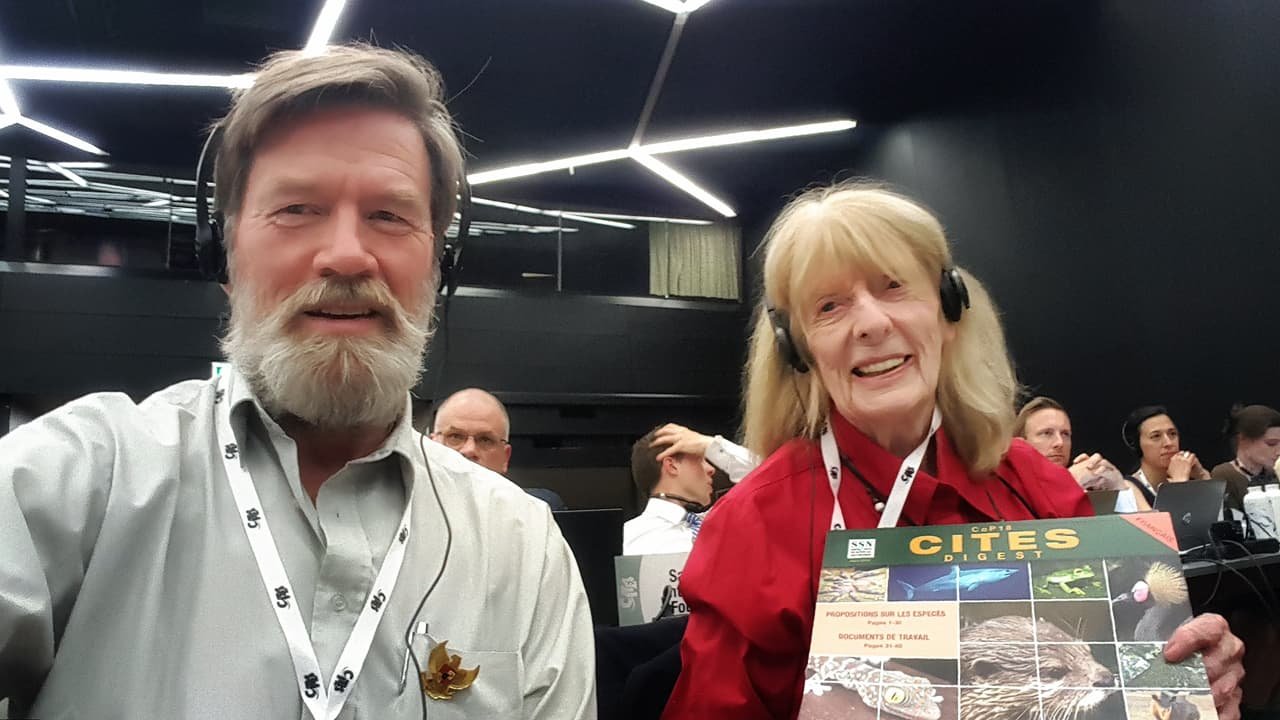
I first learned about Shirley McGreal in the late ‘70s from Dian Fossey, when I was working at the Karisoke Research Centre in Rwanda. One of the threats faced by the mountain gorillas we were studying was the killing of gorilla parents to capture their infants for the live animal trade; totally illegal then and now, but still a problem even today for all but the best protected primates. Dian was an early member of the IPPL network of primate specialists, which Shirley set up in 1973 when she witnessed the harsh reality of the trade in primates while living in Thailand. Dian was also a passionate opponent of the trade in primates and indeed cared about the welfare of all animals, which greatly endeared her to Shirley; they corresponded regularly, meeting only occasionally at conferences in the US.
A few years later, when working as a reporter for BBC Wildlife Magazine, I had the chance to interview Shirley several times by telephone when covering primate issues. She had an encyclopaedic knowledge of dealers, shipments and legal cases, so much so that it was with some trepidation that I would call her, knowing that I was in for a rapid-fire torrent of details which I struggled to jot down (not having the benefit of shorthand).
One memorable series of articles was about the use of chimpanzees by an Austrian biomedical company named Immuno – a tricky topic to write about because the company had already sued Shirley for publishing a letter questioning their methods; they also sued the editor of the journal in which the letter appeared and New Scientist for reporting on it. I recall the BBC lawyers scrutinising my copy line by line and am pleased to say we gave the story the coverage it deserved without ending up in court! It wasn’t until 1989 that I met Shirley in person.
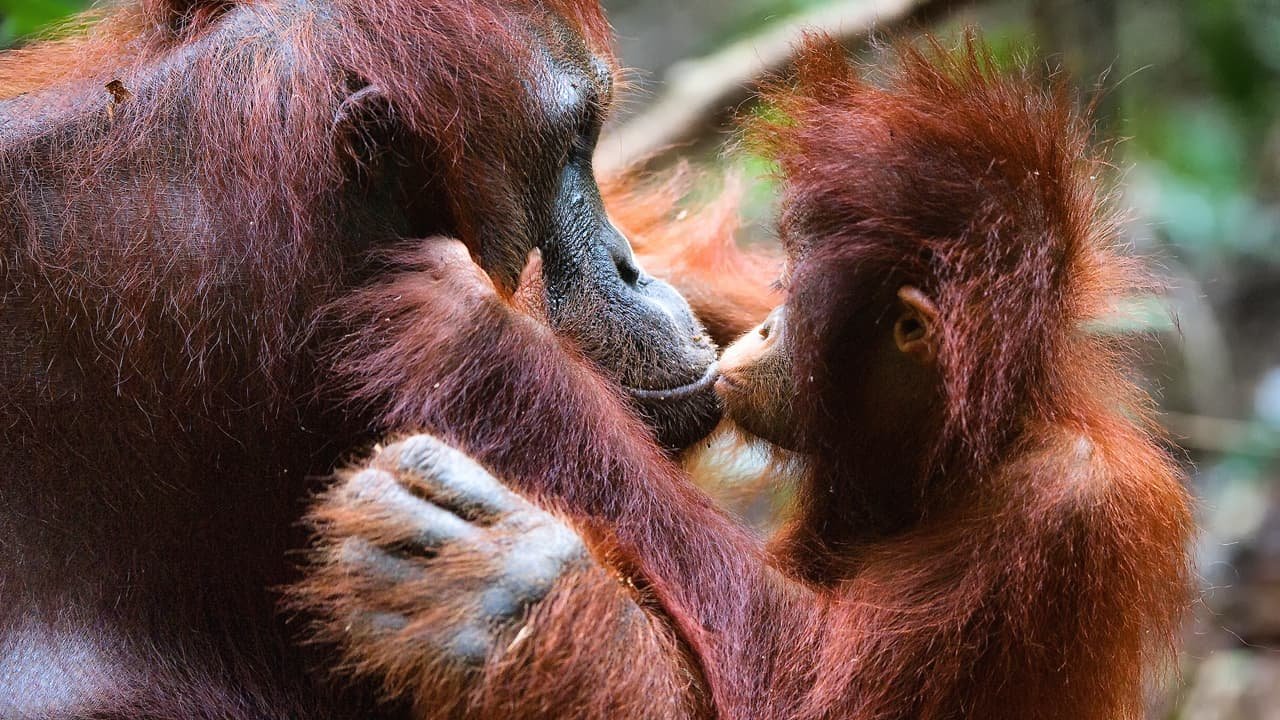
Shirley McGreal was an accredited observer at the UN Convention on International Trade in Endangered Species, or CITES, Conferences of the Parties, and must have clocked up more CoP attendances than almost any other delegate. I first met her in person at CITES CoP 7 in Lausanne, Switzerland in 1989 and worked with her at almost every CoP until her last one in 2019, which should have been hosted by Sri Lanka but after the terrorist bombing in Colombo, was moved to Geneva.
We were in Switzerland both the first and last time we saw each other.
A founder member of the Species Survival Network, a coalition that grew out of collaborative campaigning for wildlife under CITES, Shirley celebrated with joy every decision that brought greater protection to all species threatened by trade, not just primates. Her outspoken and informed views did not endear her to the traders, some of whom also attend CITES meetings to lobby parties to vote down decisions that would restrict their ability to trade legally in animals and plants and their ‘readily recognisable derivatives’ (which is CITES-speak for ivory, skins, timber, etc.). Her memory for faces was a great asset, enabling her to identify which of the couple of thousand delegates at a CITES meeting were allies and who the traders were spending time with – intelligence that often made a difference to those less experienced observers trying to inform key delegates of the consequences of their votes.
An experienced traveller, Shirley would plan flights and connections with plenty of time and arrive towing a wheeled suitcase weighed down by copies of the latest IPPL Newsletter and campaign leaflets.
Thinking about her, memories pop up in my mind.
On one occasion, after visiting my home in Bristol, I drove her to the station and helped her over the footbridge to the platform; as we came down the stairs a train was coming to a halt and Shirley turned to me asking, “what time does my train arrive?” I smiled and said, “This is your train, Shirley!” and opened the door of the carriage that had just come to a halt. Her face was a picture as she realised how tight I’d left it to get her to the station, but I reassured her it was perfect timing and avoided her having to hang around on a cold, draughty platform!
Shirley was a warm and generous person, and much of the success of IPPL as an organisation stems from her attention to detail and the personal touch she brought to correspondence with members, who she regarded as friends. Letter writing was an important tool in her campaigning efforts too, and by encouraging primatologists and members of the public around the world to write to key politicians or officials, IPPL changed laws, improved law enforcement and brought about bans that saved the lives and prevented the suffering of millions of primates.
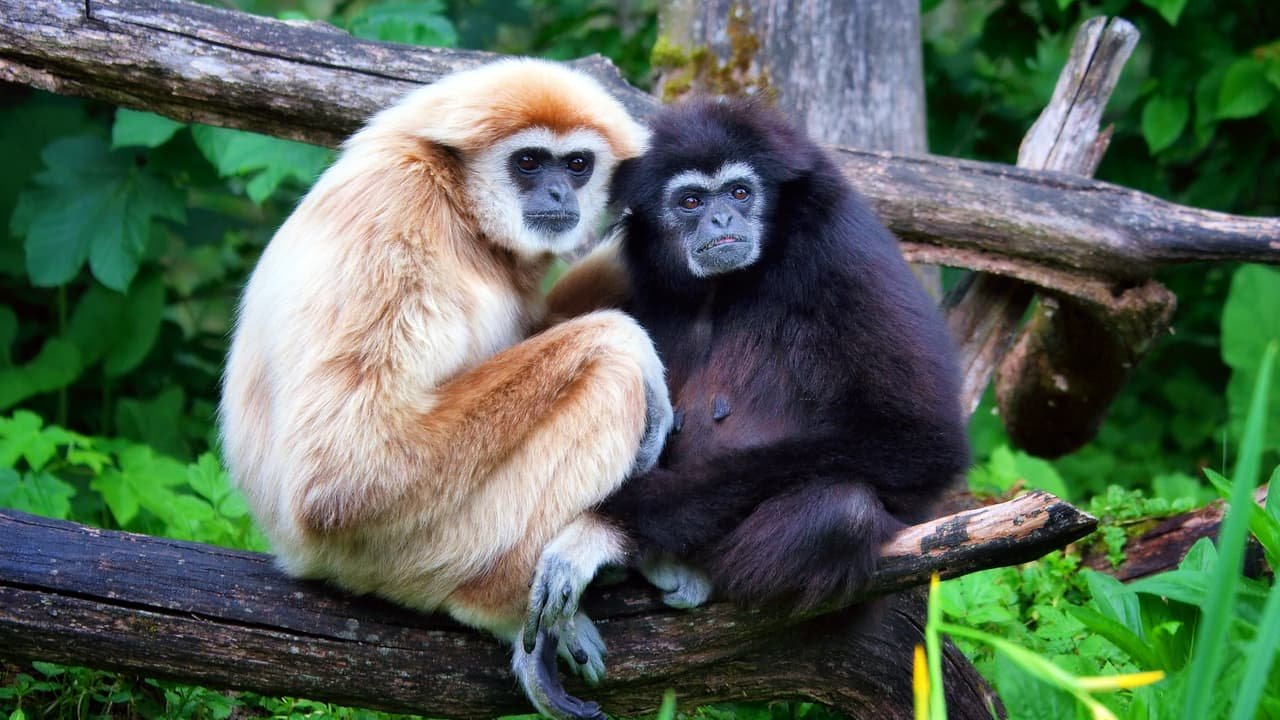
Pair of Lar Gibbons, photo by Matthias Kabel, licensed CC-by-SA-3.0
Every two years, Shirley hosted an IPPL members’ meeting at the gibbon sanctuary she and her husband John McGreal built in South Carolina. The fact that it was her home meant that it was so much more than just another conference about primate welfare and conservation, it was a meeting of minds and sharing of passions for all who were fortunate enough to attend. At the last one I attended, in 2018, I invited Shirley to summarise IPPL’s work on camera as we walked under the inter-connected gibbon enclosures. Gibbon song filled the air and the close bond between Shirley and the gibbons was very much in evidence, as was the love for her and the gibbons displayed by staff, supporters and speakers.
The COVID-19 pandemic prevented the 2020 meeting, and when we hold the next one, sadly it will be a memorial to Dr Shirley McGreal, who did so much for the lives of primates large and small, all over the world.
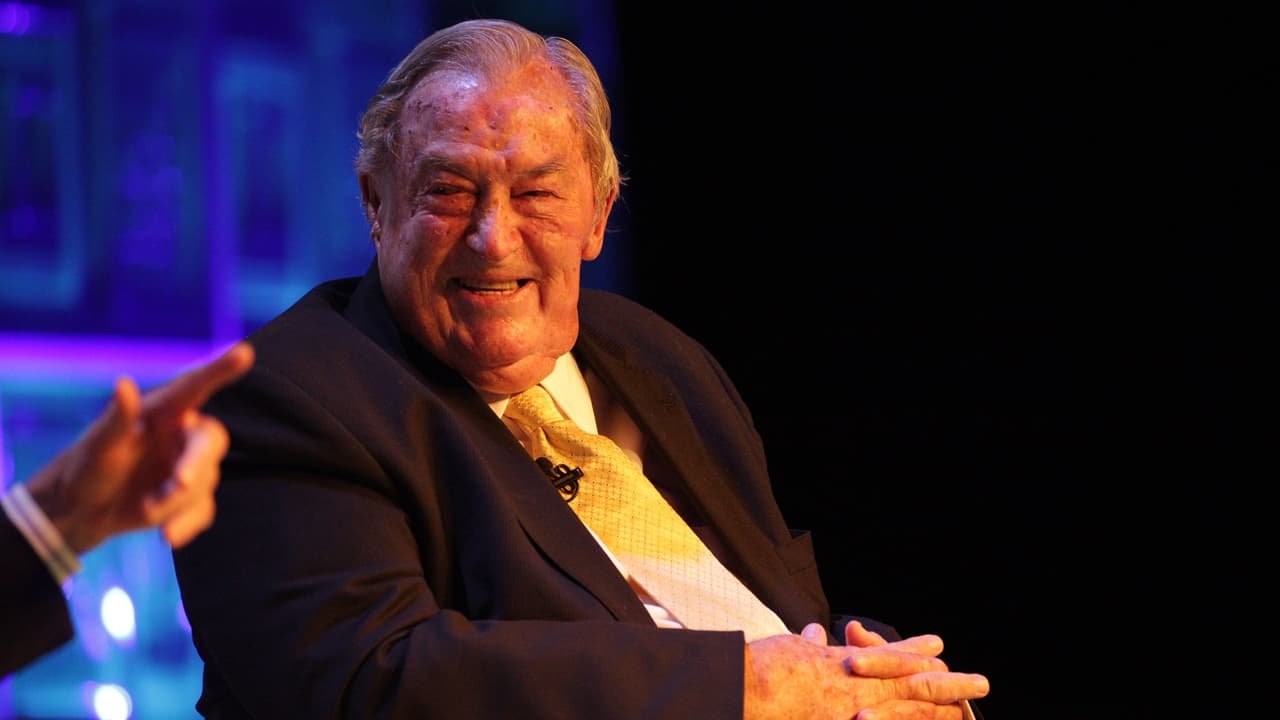
Richard Leakey at WTTC Global Summit 2015, photo by World Travel & Tourism Council, licensed CC-by-2.0
Richard Leakey was also a delegate at many CITES meetings after 1989, though it was in 1980 that our paths first crossed, long before he transitioned from paleo-anthropology to wildlife conservation.
He was then the Director of the National Museums of Kenya and helped facilitate the Kenyan leg of an extraordinary round the world expedition called Operation Drake. This was the brainchild of Colonel John Blashford-Snell and the Scientific Exploration Society, to mark the 400th anniversary of Sir Francis Drake’s circumnavigation of the globe. JBS and his team organised a two-year circumnavigation by a brigantine, The Eye of the Wind, which called in at various countries en route, where numerous mini-expeditions and aid projects took place using the logistical skills of the British Army to support scientists and utilise the enthusiasm of ‘Young Explorers’ – volunteers in their late teens and early 20s.
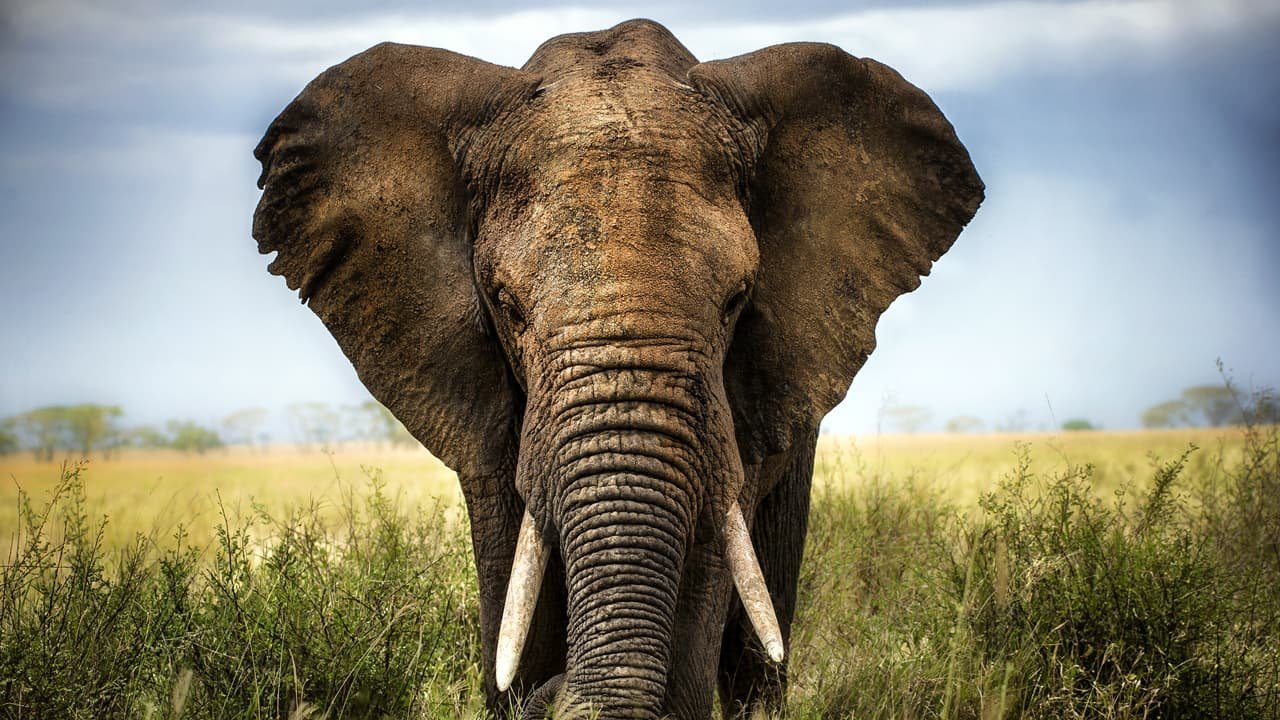
I worked as a herpetologist on the New Guinea phase in ‘79 and happened to be passing through Kenya when the Eye of the Wind called in there in 1980. I think Richard Leakey saw Op Drake as an opportunity to get all sorts of tasks done all over Kenya – an archaeological dig here, a walkway or a well built there, and one of the tasks was to make a footpath to Kitum Cave in Mt Elgon National Park so that human visitors were not using the same path as the elephants.
Elephants? Yes, I too was surprised.
This was the first time I had heard the words ‘elephant’ and ‘cave’ in the same sentence, and this led to my life-long fascination for the world’s only troglodyte tuskers, who venture deep into the dark zone of caves to mine the mineral-rich rock and eat it. It is an extraordinary example of salt-appetite and once I witnessed the spectacle of elephants feeling their way into the depths, and felt their infrasonic rumbles reverberate around the cave, I was hooked!
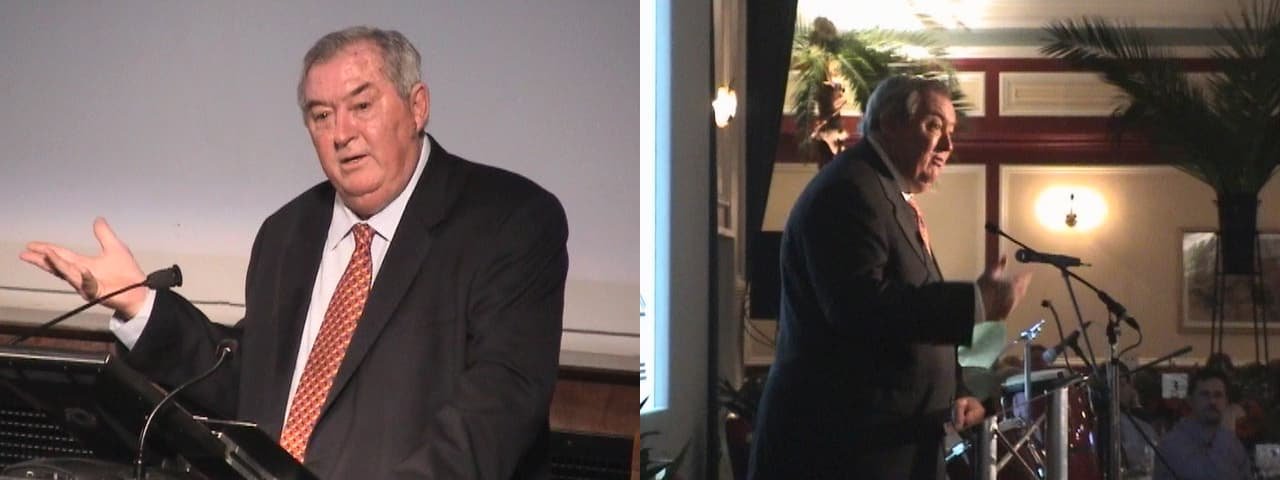
The following year, I returned to Mt Elgon National Park clutching a letter from Richard Leakey to the Warden, John Muhanga, requesting that he help get me started in studying the use of the caves by elephants and other animals. All was going well until six weeks into the study when some official in Nairobi realised that my research permit application was still being processed and I had already started on the strength of a letter from the Director of the National Museums who had no authority to give me permission. I hadn’t realised how far Richard had stuck his neck out in helping a young researcher, but it was just one example of how he supported and encouraged people to achieve their goals.
In 1987, even though most Elgon elephants’ tusks are worn down by the mining, the price of ivory had risen to such a level that even these pitted stumps were valuable enough to attract poachers. Standing beside the rotting carcase of a teenage elephant I had named Charles was a life-changing moment. I launched an appeal in BBC Wildlife Magazine, The African Ele-Fund, with several charities cooperating to fund practical elephant conservation. In May 1989, we launched the Elefriends campaign in support of Tanzania’s call for an ivory trade ban; in July that year, Richard Leakey—by then Director of the Kenya Wildlife Service—persuaded President Daniel Arap Moi to set fire to 12 tonnes of confiscated ivory (some of which would likely have come from my study animals) in front of the world’s press and TV cameras.
It worked.
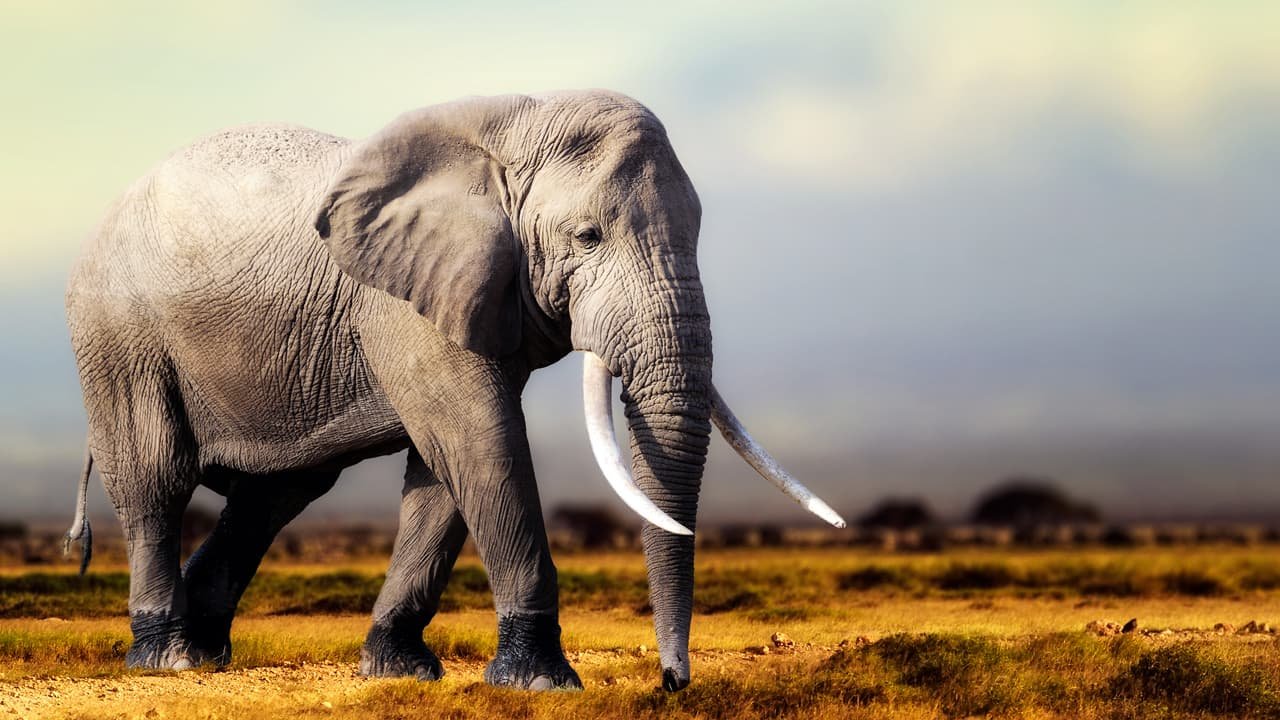
In October 1989, CITES CoP7 voted to list African elephants on Appendix 1, thereby ending commercial trade in elephant ivory across borders of all countries in the convention. There were loopholes, though, and every two or three years, supporters of the ivory trade (led by a small number of Southern African countries) tried to lift the ban, at least partially.
One of my most vivid memories of Richard Leakey’s flair for publicity was in 1997 when Zimbabwe hosted CITES CoP 10.
Intense political efforts to reopen the ivory trade were being led by the host government and there was open hostility towards the ‘bunny-hugger’ delegates and NGO observers who opposed it. Half-way through the two-week conference at the SSN reception, Richard walked carefully on his prosthetic legs onto the stage in front of several hundred people to rally the anti-ivory campaigners (Shirley among them). Sensing the tension we had been under all week, he pulled out a fluffy toy rabbit, held it aloft and proclaimed, “I am proud to be a bunny-hugger!”
The room erupted with cheers!
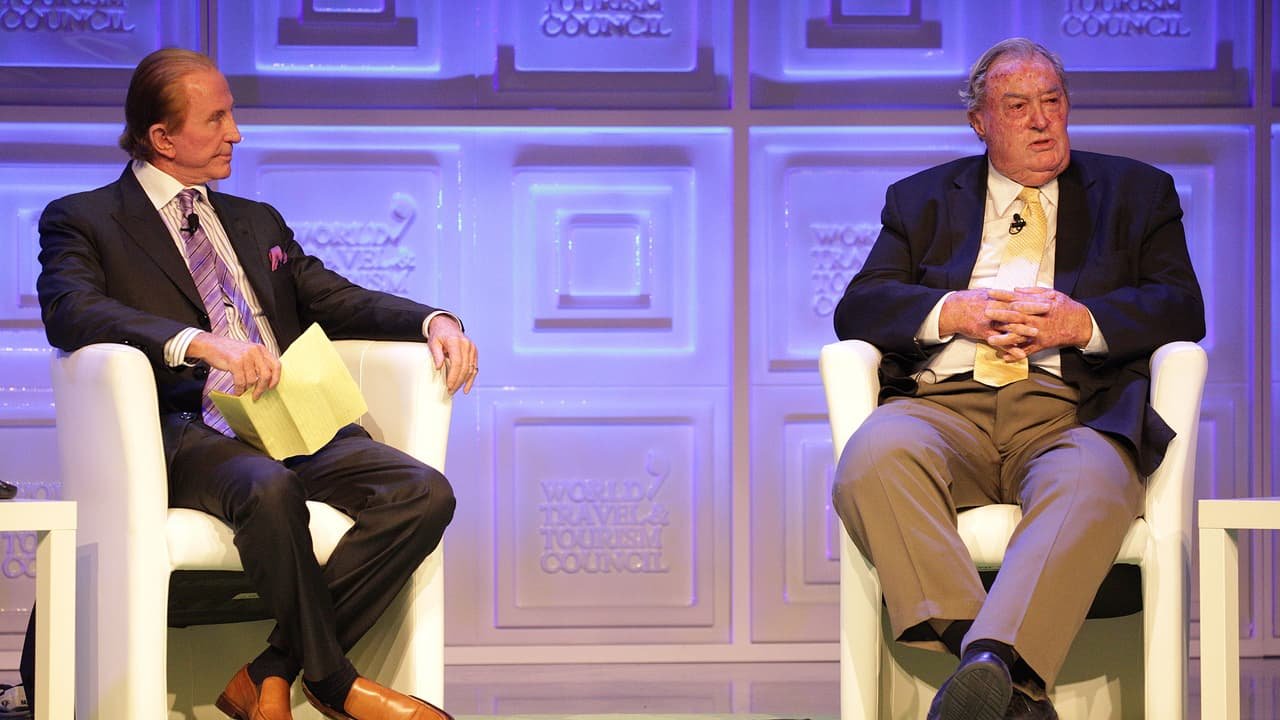
Richard Leaky at the WTTC Global Summit 2015, photo by World Travel & Tourism Council, licensed CC-by-2.0
Whilst Leakey’s conservation work was focussed on Kenya, his positive impact was felt across Africa and elsewhere. He was a leader in many fields, as a scientist, museum curator, a civil servant, one of the founders of the Kenyan opposition party Safina as well as a founder of Wildlife Direct – a Kenya-based NGO now shaping a new generation of African conservationists.
Readers of his books and viewers of his popular TV series on evolution and human origins will attest to the fact that Richard Leakey was a deep thinker, as was his father before him. It was Louis Leakey who famously initiated the studies of great apes to look for insights into the behaviour of our East African ancestors, whose fossil remains the Leakey family have excavated. Later dubbed ‘Leakey’s Angels’, or the Trimates, under Leakey senior’s guidance Jane Goodall began her study of chimpanzees in 1960, Dian Fossey began her research on mountain gorillas in 1967 and Biruté Galdikas her study of orangutans in 1971.
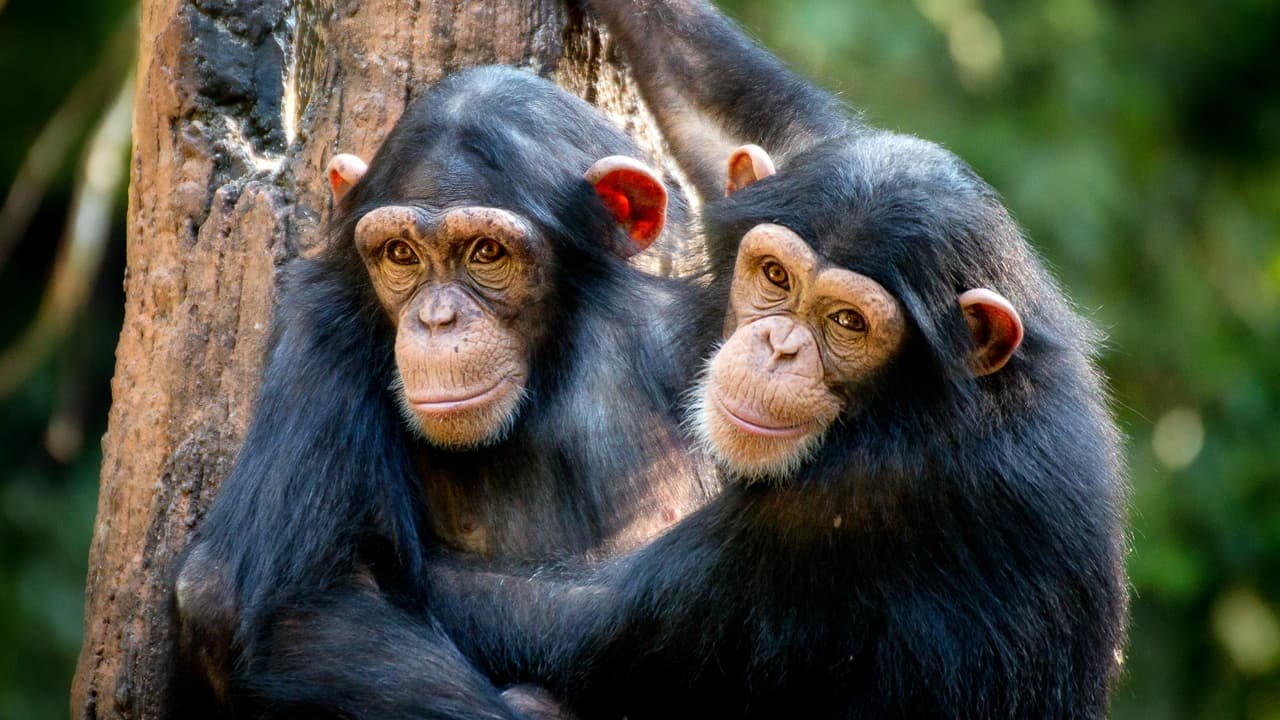
At the turn of the millennium, though, reports from all ape research sites indicated that the non-human apes seemed to be heading towards extinction; and so in 2001, when UNEP launched the UN Great Apes Survival Partnership, it seemed only natural for Richard Leakey to play a role and we were delighted when he agreed to be Patron of www.UN-GRASP.org. I recall him bringing this depth of understanding to the first inter-governmental meeting on great apes in Kinshasa in 2005, when UN-GRASP was formally constituted and most of the 23 great ape range states signed the Kinshasa Declaration agreeing to ensure the survival in their natural habitat of our cousins the gorillas, chimpanzees and bonobos of Africa and the orangutans of SE Asia.
Richard Leakey’s ability to stride through the corridors of power and attract resources for both conservation and anthropology made him a unique figure on the world stage, speaking with authority and vision to academics, politicians and the public alike. The loss of such iconic figures brings to mind a line from Tennyson’s poem Morte d’Arthur that my Mother reminded me of, a few days before she died:
And slowly answer’d Arthur from the barge:
The old order changeth, yielding place to new…
And as with the knights of the round table, so it is with the cause of conservation. It is the new generation who must carry on, to complete the task these pioneers began – halting the loss of biodiversity to prevent ecosystem collapse, stabilising the climate to prevent catastrophic global warming and allowing Nature to regenerate.
In this task, education will play a critical role because every one of us has a role to play. Ecoflix will provide the information and the inspiration.
It is up to every one of us to get involved – seven billion people can achieve a lot if they put their collective mind and hands to the task! And with role models like Drs McGreal, Leakey, Wilson and Lovejoy, when we have grieved their loss, we have their examples to follow.
Further reading: ‘They saw bigger things’: Richard Leakey, Edward O Wilson and Thomas Lovejoy remembered

Ecoflix is jointly owned by The Ecoflix Foundation US and The Ecoflix Foundation UK. Ecoflix Foundation US is a registered 501(c)(3) in the United States of America. 501(c)(3): C2568417. Registered address: 24730 Long Valley Road, Hidden Hills, LA, CA 91302 USA Ecoflix Foundation UK is a registered charity (number 1200441). Registered address: Aston House, Redburn Road, Newcastle Upon Tyne, NE5 1NB